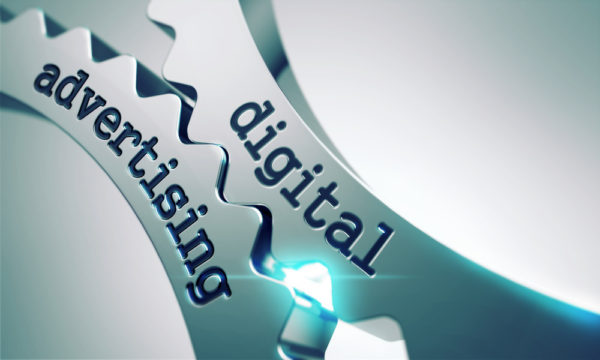The recent developments in voice activated technologies have opened the door for explosive growth in the realm of digital interaction between humans and machines. Technology platforms across the board have embraced user control activated by voice commands. Individuals can ask their phone any question and a response will be given. The voice recognition by the operating system is as valid a command input as that from a computer keyboard. These developments created the birth of the ‘digital assistant.’
With the sound of your voice, random data can be searched, reminders can be given about certain events on your mobile calendar, requests become completed actions. Convenience for the user plays a huge factor: it is easier to talk to your phone than to type on it.
The range and depth of these computer responses are impressive. Joe Hindy, The Android App Guy on Youtube, posted an interesting side-by-side comparison of three frontline voice activated platforms – Siri, Google Now, and Cortana. It’s not a perfect demonstration, but it clearly demonstrates how the competing products perform.
Siri
When Siri was introduced in 2011 on the iPhone 4S, it was a sensation. Back then, PCMag described this new technology “Siri is a speech-recognition computer application. It has both speech input and output, meaning you can speak to it, and it can speak back to you.” Prior to Siri being introduced as part of the operating system, a voice-activated app was available at the Apple App Store. The technologies were focused on a specific market share, those who may have had difficulties working with a smartphone. The function was similar to Siri but had nowhere near the capabilities of the current Siri. That company was acquired by Apple, and the mobile app was pulled from the App Store. Later, that same technology emerged as the Apple tool we now call “Siri.” It was a cool new addition that Apple built into its iPhones. From then on, it has become a staple of the iPhone user experience.
Google Now
In 2013, Google Now was created. This program is Google’s answer to the virtual assistant. Google Now “can answer questions like Siri and search the web, but more importantly, it cannot only assist, but pre-empt your requirements using your calendar, email, historic behaviours, and location.” quoted from Koozai.com. Google Now is like an upgraded version of Siri.
Cortana
In 2014, Cortana for Windows Phone 8.1 was introduced. Cortana is a Halo-inspired personal assistant. It is Microsoft’s answer to Siri and Google Now. What started for the Windows Phone is now on every desktop using the Windows 10 operating system. “Cortana is powered by Bing, and can perform many of the functions one has come to expect from artificial intelligence-style assistants, such as setting reminders and powering vocal updates to one’s calendar” – CNET.
Amazon Echo
Also, in 2014 was the unveiling of Amazon Echo. Amazon Echo is an at the home tower and “lives as a piece of hardware, not just a layer of software available through a mobile device. It has built-in speakers and lets users sample and purchase music as well as stream that music on demand,” according to CNET. Amazon is trying to make a statement with Echo by offering this virtual personal assistant.
“A June 2014 study by Thrive Analytics found that over half of US adult smartphone users (56%)” use their voice-activated assistants. – Emarketer.
The Future is Now
Millennials will continue to drive the use of virtual personal assistants and will be the deciding factor on whether this trend will stick or be a bust. The digital stage has been set to respond to the sound of our voice. Interaction with a digital assistant is now part of our daily routine. How that interaction is crafted will depend upon the minds of the users and dreams of mobile app developers.




![Advertising Budgets 2016: 4 Trends You Need To Know [Infographic]](https://www.mdgadvertising.com/blog/wp-content/uploads/2015/09/2016_Advertising_Trends_1000_compressed.jpg)